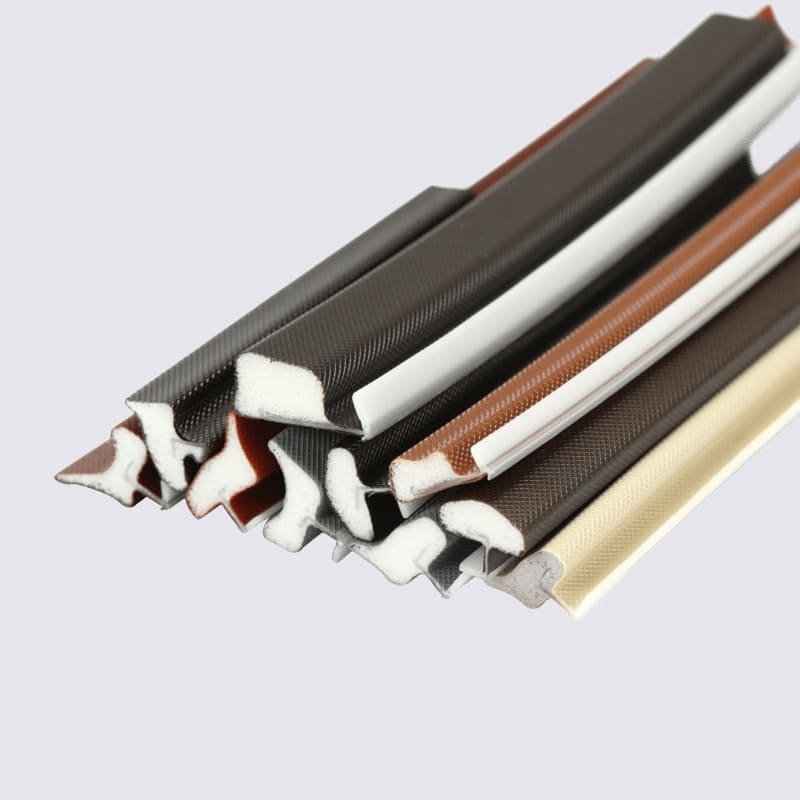픽업 트럭의 후드 아래에 있는 고무 공기 흡입 호스 및 기타 호스는 열 분해되기 쉽습니다., ozone damage and short lifespan. Upgrading to silicone hose can provide numerous benefits for your truck.
트럭 실리콘 호스
Using silicone hose instead of rubber for truck applications like air intakes, heater cores, oil lines and vacuum lines can:
- Improve heat resistance – Silicone can handle higher temperatures better than rubber for a longer service life. This is especially important for hot air intake hoses.
- Increase durability – 트럭 실리콘 호스 is more resistant to ozone, 자외선, 화학 물질 및 마모, lasting up to 5 times longer than rubber.
- Enhance flexibility – Silicone remains flexible at extreme hot and cold temperatures for easy installation and connection.
- Reduce maintenance – The longer lifespan of silicone hoses means less frequent hose replacement.
- Improve performance – Less heat degradation and better sealing ability can enhance horsepower and fuel efficiency.
공기 흡입구 실리콘 호스
For the air intake system on diesel and gas trucks, silicone hose offers multiple benefits over rubber:
- Higher temperature tolerance – Silicone can handle the extreme heat of a turbocharger and stay flexible at subzero temperatures for cold starts.
- Less restriction – Silicone air intake hoses have smoother interiors that create less airflow restriction.
- Reduced intake noises – Silicone dampens intake and boost noises better than rubber.
- Better sealing – Silicone forms a tighter seal on fittings to prevent air leaks that reduce power.
- 호환성 – Silicone is resistant to gasoline, ethanol and diesel fuels in truck intake systems.
Silicone Hose Costs More, But Excellent Performance
While silicone hose typically costs more than rubber, the performance gains, reduced maintenance and significantly longer lifespan often justify the higher price – especially for performance enthusiasts.
Replacing old rubber air intake and vacuum hoses with silicone is an easy, affordable way to potentially increase your truck’s power and reliability. Look for silicone hoses rated for −85°F to 500°F continuous use and up to 5,000 PSI.




